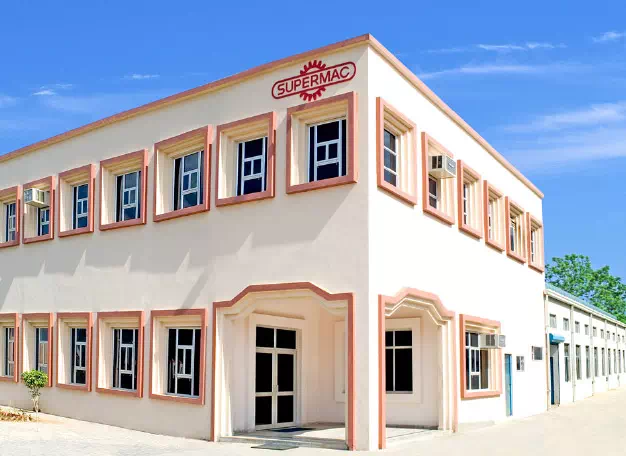In an ever-changing world of construction and heavy
machinery, innovation becomes a point of determinant success and efficiency.
Due to such modern technologies and procedures, manufacturers are constantly
working to innovate their products and production methodologies. Capstans and
caterpillars have become highly critical equipment in these numerous
apparatuses used in construction, agriculture, and logistics.
Whereas capstans from the best capstan
manufacturer allow for fair and controlled movements of heavy loads,
the caterpillar occupies the most adaptable and versatile place in various
terrains. Leading firms say both designs change how industries undertake heavy
lifting and transportation. As we venture deeper into these machines, we will
analyze current trends and advancements in today's capstan and caterpillar
manufacturing.
The Competitive Landscape of Manufacturers
This competition heats manufacturers of capstans and
caterpillars against each other. This competitive setting precipitates
preparedness for innovation, and such manufacturers would invest much more in
research and development. The companies explore new materials, sophisticated
engineering, and advanced technologies to increase their product range. The
result is lightweight, durable materials from the caterpillar
manufacturer that improve performance without compromising strength.
Automating systems can improve efficiency, reduce human
failure, and provide uniformity to the quality of their product lines. This
aligns with an industry shift towards intelligent manufacturing, wherein data
analytics and machine learning become integral components of decision-making
and process enhancement.
Sustainability in Manufacturing Practices
With the world going closer to sustainability, manufacturers
of capstan and caterpillars are also compelled to adopt green production. It is
not only the materials used in manufacturing that must be environmentally
friendly but also the power sources that are churning out production
facilities. The capstan manufacturer works to minimize its carbon
footprint as it seeks to make renewable energy sources such as solar or wind
power part of its operations.
Energy-efficient machines are also at the forefront for
manufacturers. With equipment that consumes less fuel and produces fewer
harmful emissions, companies can satisfy increasingly environmentally conscious
customers and comply with the increasingly strict regulatory requirements. This
sustainability approach helps Earth enhance its reputation and customer loyalty
in a market that increasingly respects corporate responsibility.
Technological Advancements
The fast pace of technological change, transforming the
manufacturing landscape, has recently been unimaginable. The manufacturing
houses are unlocking the opportunities, with Internet of Things (IoT), AI, and
big data analytics. Such a revolution can offer an opportunity to the caterpillar
manufacturer for real-time data collection and analysis, empowering the
machines for more informed decisions and predictive maintenance.
For example, when IoT technology is embedded in machines, it
allows these devices to track their performance and raise alarms before
possible faults become costly breakdowns. This way, AI-powered algorithms can
help manufacturers optimize their schedules and supply chain operations so that
no resource goes to waste.
Customisation and Client-Centric Approaches
One size fits all is no longer a sustainable proposition in
today's marketplace. The customer is looking for tailored products that
precisely fit his requirements. Now, the same trend is gaining momentum among
the suppliers. From changing the specs of a capstan to a design caterpillar for
an application, designers are producing client-centric products.
This push for personalization only stands at the delivery
end but passes through an entire customer journey. Manufacturers are placing
huge bets on robust customer service framework support, making purchases to
conversion, and going the last mile to ensure clients get all the help they
need to make intelligent choices. In return, through solid relationships,
manufacturers seek valuable customer information on trends and preferences that
fuel the next great innovation.
Conclusion
Manufacturing landscapes of capstans and caterpillars have
numerous prospects for growth and innovation. As new technologies, sustainable
practices, and customer approaches are embraced, manufacturers like Supermac
improve their product offerings and contribute to a far more efficient and
responsible industry. These manufacturers, navigating the challenges of today
while looking forward to the future, will lead the next charge in heavy
machinery production. They will strive for new excellence standards to promote
progress.







0 Comments